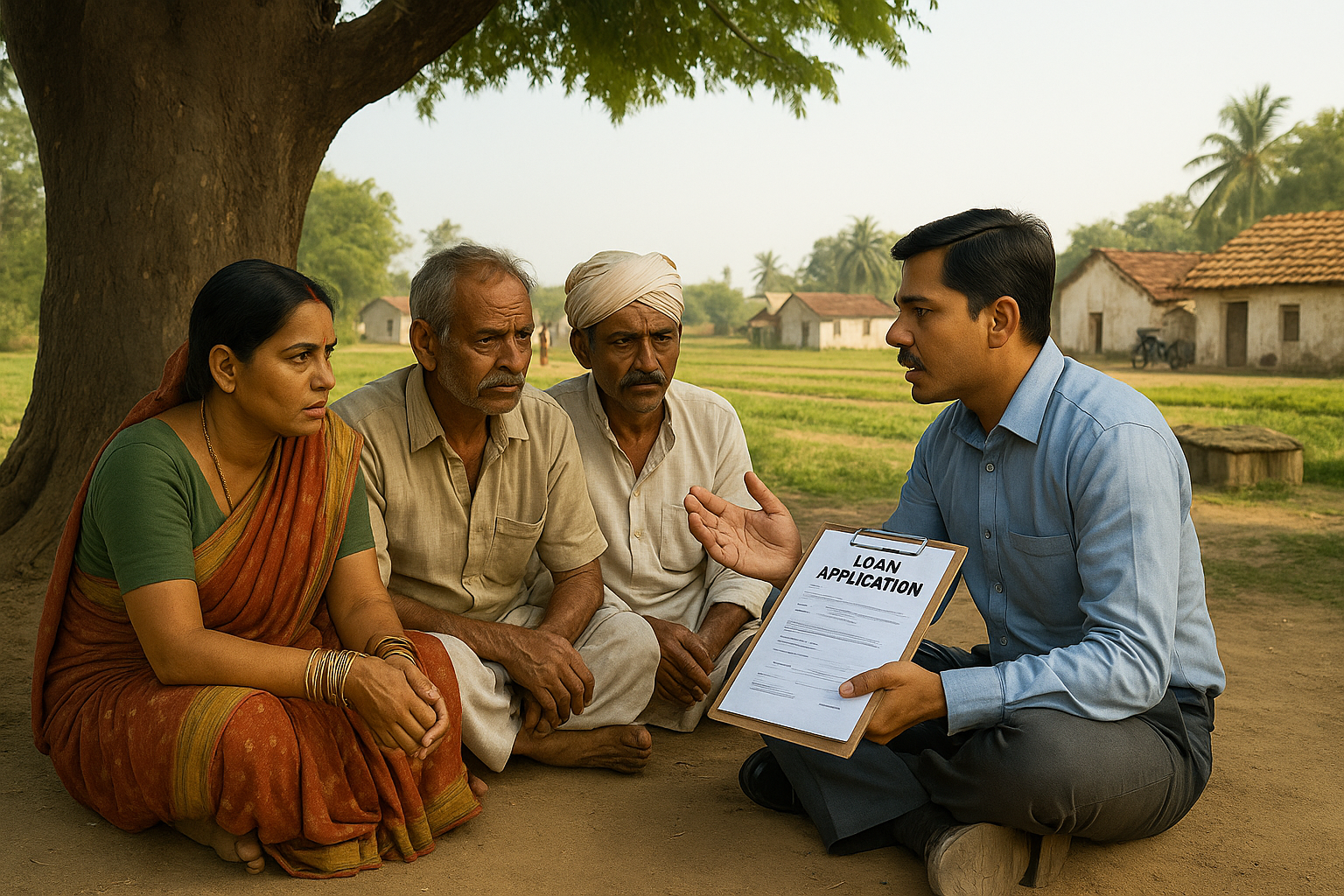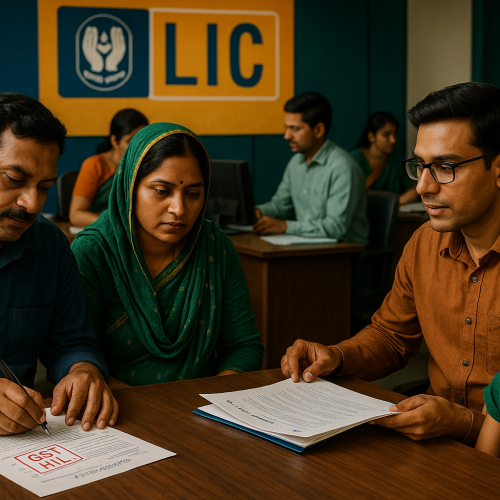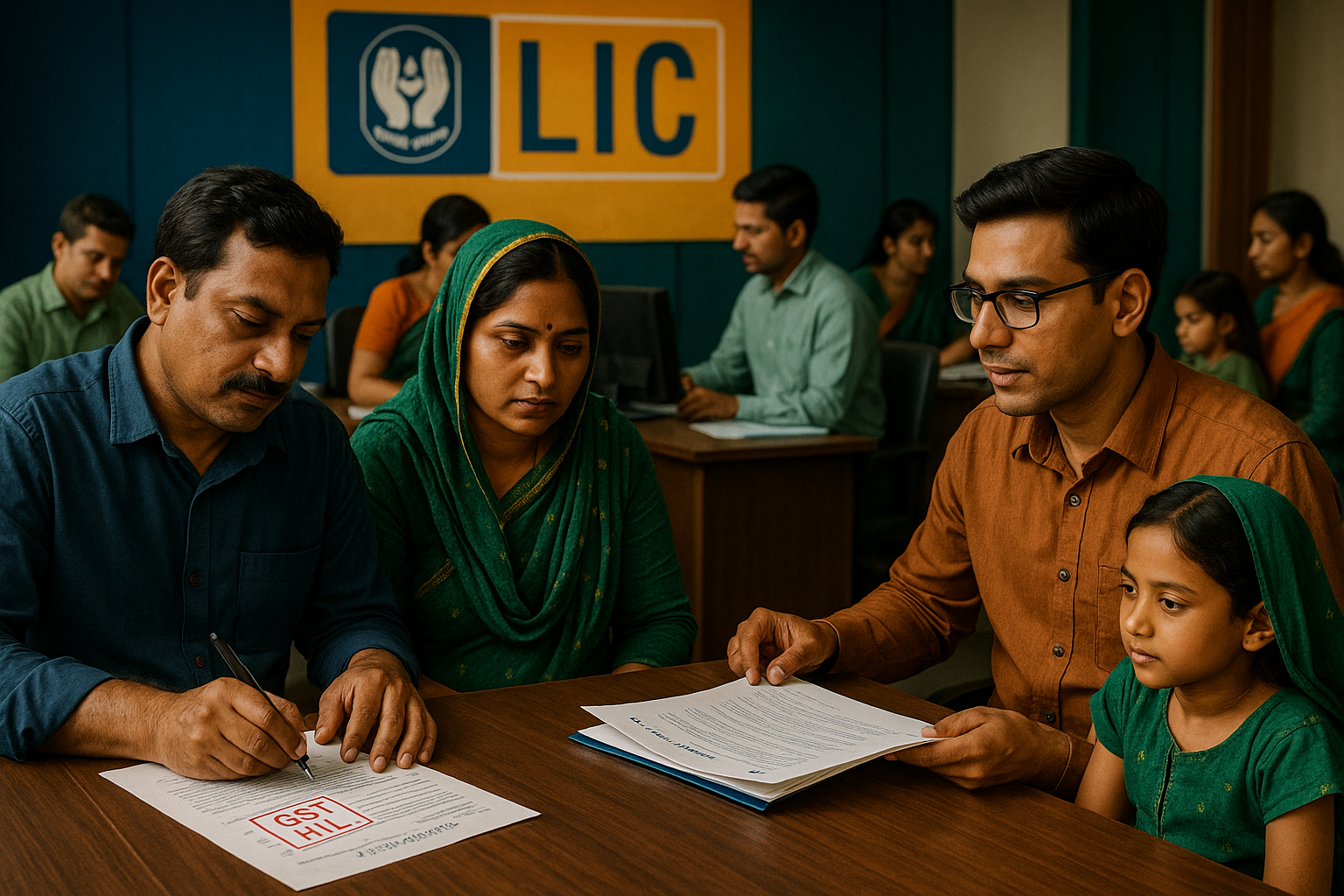India’s microfinance sector, a critical source of credit for low-income households and self-employed borrowers, is expected to face continued asset quality pressure in the first half of FY26, according to a recent report by CareEdge Ratings. The aftershocks of elevated credit costs, high delinquencies, and rural distress in certain pockets are likely to keep the sector under financial strain—despite growth in disbursements and customer outreach.
Context: Post-COVID Rebound Facing New Headwinds
While the MFI sector saw a sharp rebound in FY24 and FY25—supported by regulatory tailwinds and resilient credit demand, the gains may not translate into improved balance sheets just yet.
According to CareEdge, several geographies that saw rapid portfolio expansion are now experiencing higher delinquencies in the 30+ DPD (Days Past Due) bucket, especially in segments that witnessed aggressive borrower acquisition post-COVID.
The ratings agency warned that elevated credit costs are likely to extend into the first half of FY26, putting pressure on both NBFC-MFIs and small finance banks with significant microfinance exposure.
Key Data Points
-
GNPA (Gross Non-Performing Assets) ratios remain above pre-COVID levels in some states
-
30+ DPD delinquency ratios continue to hover around 10%–12% in certain regions
-
Provisioning costs are expected to stay high, impacting profitability for smaller MFIs
Structural Issues Resurfacing
Several structural vulnerabilities are re-emerging:
-
Geographic concentration risk, especially in eastern and central states
-
Rising borrower leverage in some rural belts
-
Limited income buffers in vulnerable segments like agri-labour, small vendors, and informal service workers
Though many MFIs have improved underwriting practices and borrower vetting post-COVID, the intensity of past credit cycles is creating repayment fatigue in some regions.
Expert Views
CA Manish Mishra, Financial Sector Analyst:
“Microfinance is often the canary in the coal mine for rural distress. While demand for credit is strong, repayment capacity is uneven, especially where informal income remains volatile.”
CA Manoj Kumar Singh, Risk Advisor to NBFCs and Fintechs:
“It’s not just about credit growth anymore. Institutions must focus on borrower quality, income mapping, and geographic diversification. The next two quarters will be critical for provisioning and capital planning.”
Implications for Lenders
-
NBFC-MFIs may face margin compression due to higher provisioning
-
Banks with heavy MFI exposure, including certain Small Finance Banks (SFBs), could see asset quality pressure
-
Investors and lenders may demand stricter risk management metrics
-
Fintech players in the MFI space will need to demonstrate better repayment algorithms and underwriting clarity
Policy and Regulatory Lens
The RBI has largely maintained a neutral stance but is monitoring the sector for early signs of systemic risk, especially in Tier-2 and Tier-3 markets where borrower dependence on informal income is high. Any further policy tweaks might be focused on:
-
Strengthening collection practices
-
Encouraging credit bureau sharing across lenders
-
Limiting over-indebtedness through exposure norms
Conclusion
While the microfinance sector has shown resilience over the past two years, asset quality remains a key concern heading into FY26. Stakeholders will need to shift focus from just credit expansion to portfolio stability, especially in the face of macroeconomic uncertainties, rural inflationary pressures, and climate-linked income disruptions.
For MFIs, the message is clear: grow cautiously, lend wisely, and prepare for a bumpy first half of the fiscal.












